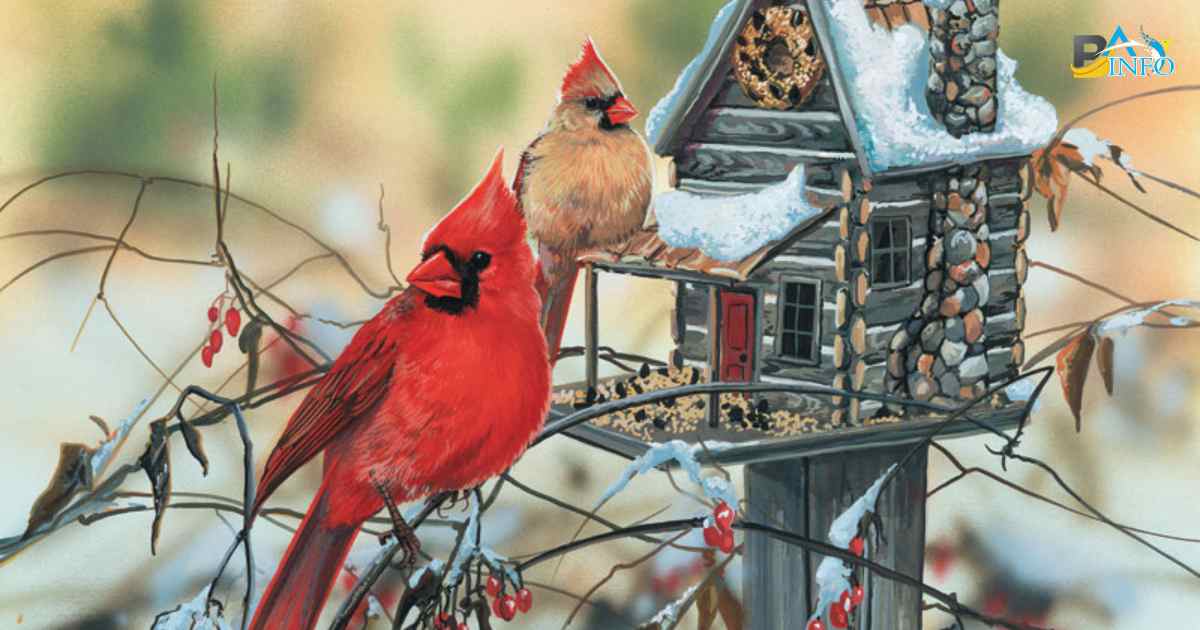Birdhouses provide essential shelter for birds during winter, offering a warm and secure environment that helps them survive harsh weather conditions by providing protection from cold temperatures and potential predators.
As winter’s chill sets in, a fascinating avian mystery unfolds: “Do Birds Use Birdhouses In The Winter?” Beyond mere shelter, these cosy abodes become crucial havens, offering our feathered friends a secret refuge against the biting cold and the challenges of the season.
In the frigid months, birds rely on well-designed birdhouses not just for warmth but as strategic hideaways, shielding them from predators and providing a secure base for survival. Understanding their winter habits sheds light on the vital role these cosy domiciles play in the intricate dance of nature.
Why do birds use birdhouses: nesting and roosting?

Birds utilise birdhouses for nesting, creating safe havens to raise their young away from potential threats. Additionally, these avian abodes serve as cozy roosting spots, offering a secure retreat during chilly nights, showcasing the dual-purpose significance of these miniature homes in the intricate tapestry of bird life.
Nesting Nooks

Birdhouses provide a secure environment for nesting, allowing birds to build and protect their nests from predators. The structured confines offer a sheltered space for eggs and chicks, ensuring a conducive environment for successful reproduction.
Cosy Roosting Retreats

In addition to nesting, birdhouses serve as warm roosting spots during colder months. Birds huddle within these snug abodes, escaping the winter chill and safeguarding themselves against adverse weather conditions, demonstrating the vital role these structures play in the survival of avian species.
Avian Architecture
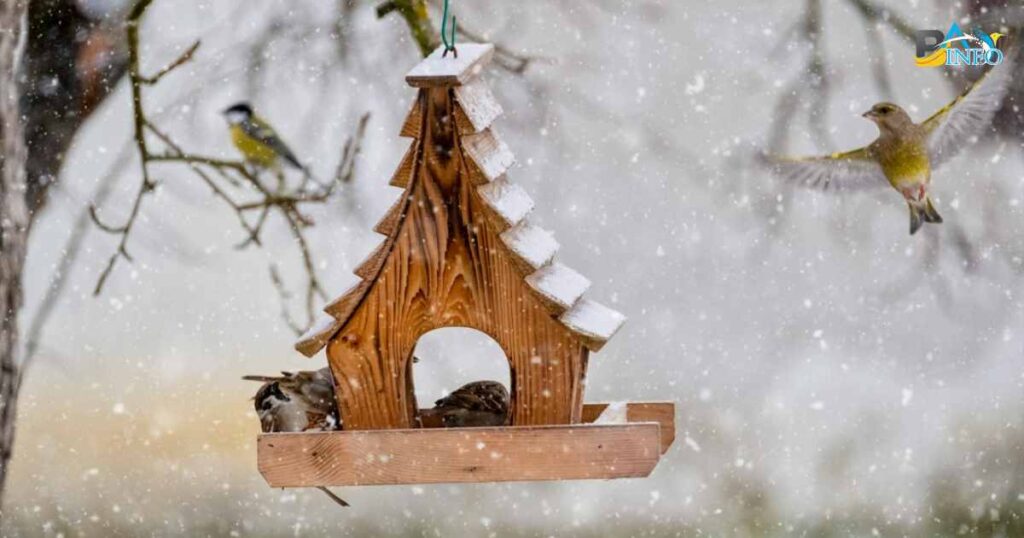
The design and placement of birdhouses are crucial factors in their effectiveness. Mimicking natural nesting sites, well-crafted bird houses attract a variety of bird species, contributing to biodiversity and fostering a harmonious coexistence between birds and human habitats. Understanding the intricacies of avian architecture enriches our appreciation for the role birdhouses play in sustaining bird populations.
Where do birds sleep in the winter?
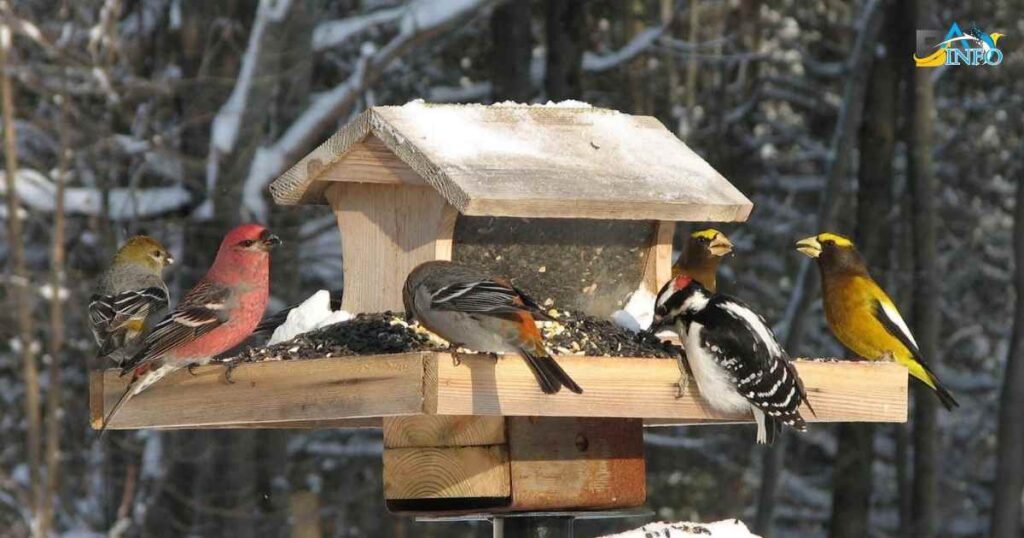
During winter, birds strategically seek refuge in various locations, such as dense evergreen foliage or sheltered branches, to conserve energy and shield themselves from the cold. Unravelling the mystery of where birds sleep in the winter unveils the resourcefulness embedded in their survival strategies.
Winter Roosting Sites
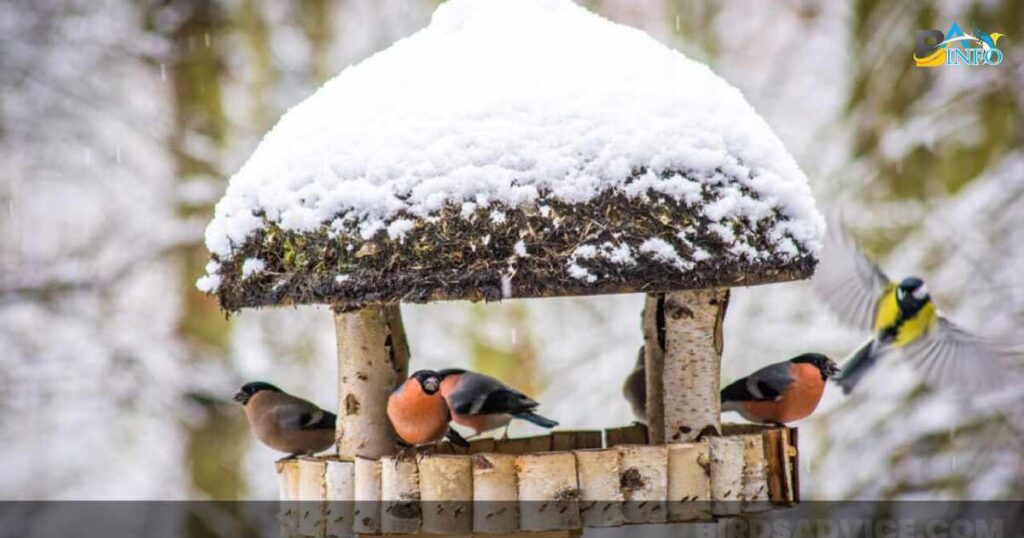
As temperatures plummet, birds gravitate towards communal roosting sites, often choosing dense vegetation, tree cavities, or even abandoned nests. These locations provide collective warmth, essential for coping with the cold, and facilitate a shared defense against nocturnal predators.
Arboreal Abodes
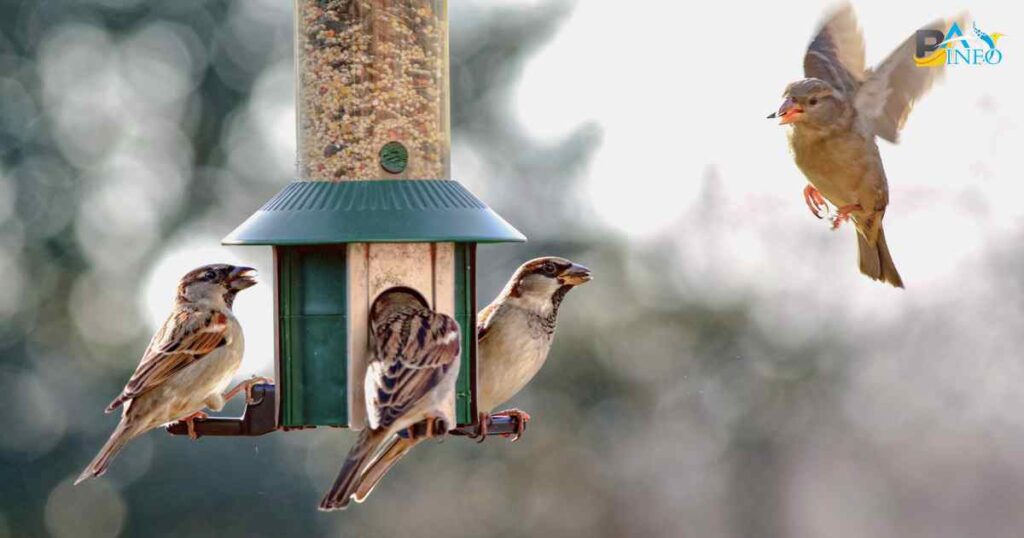
Many bird species opt for high perches in trees or shrubs, where they huddle together to harness the insulating properties of group roosting. Evergreen trees, with their persistent foliage, become avian sanctuaries, shielding birds from both the biting winds and the prying eyes of predators.
Urban Adaptations
In urban environments, birds may adapt their winter roosting habits to include man-made structures. Rooftops, ledges, and even the sheltered nooks of buildings serve as makeshift accommodations, showcasing the remarkable adaptability of our feathered companions as they navigate the challenges of winter survival.
How do birds keep warm in the winter?

To combat winter’s icy grasp, birds employ a range of survival tactics such as fluffing their feathers for insulation and seeking shelter in dense vegetation. These remarkable adaptations showcase nature’s ingenuity in the face of chilly adversity.
Insulating Feathers
In winter, birds adeptly utilise a two-layered strategy for insulation. First, they fluff up their feathers to create air pockets that act as a natural barrier against the cold. This ingenious technique traps warm air close to their bodies, providing a crucial layer of insulation against plummeting temperatures.
Roosting Strategies
Birds employ strategic roosting to conserve energy and shield themselves from the elements. Choosing sheltered spots like dense evergreen trees or shrubs helps reduce exposure to biting winds. Some species even roost together in communal groups, sharing body heat to collectively withstand the winter chill.
Metabolic Adjustments
Birds, being warm-blooded, possess the remarkable ability to adjust their metabolism to weather extremes. In winter, they elevate their metabolic rate to generate more body heat. This increased energy expenditure ensures they stay warm, making efficient use of the food resources they gather during the colder months.
How can we help birds during the winter?

Supporting birds during winter is as simple as maintaining a consistent food supply, such as bird feeders stocked with high-energy seeds. Additionally, providing fresh water sources and strategically placing birdhouses can offer essential assistance, ensuring our feathered friends thrive even in the coldest months.
Nutrient-Rich Feeding Stations
Ensure a steady provision of high-energy bird feed, rich in fats and proteins, to aid avian metabolism during the winter chill. Bird feeders strategically placed in accessible locations become crucial pitstops for these creatures, helping them refuel in the face of limited natural food sources.
Winter-Ready Bird Baths
Maintain open water sources by installing bird baths with heating elements to prevent freezing. Hydration is as crucial in winter as in summer, and a reliable water supply ensures birds can quench their thirst, promoting overall health and well-being in the colder months.
Thoughtful Placement of Birdhouses
Strategically position birdhouses in sheltered areas, providing birds with cozy retreats against the harsh elements. These safe havens not only offer warmth but also serve as protective sanctuaries, aiding birds in avoiding predators and weathering the winter storms.
How to prepare a birdhouse for the winter
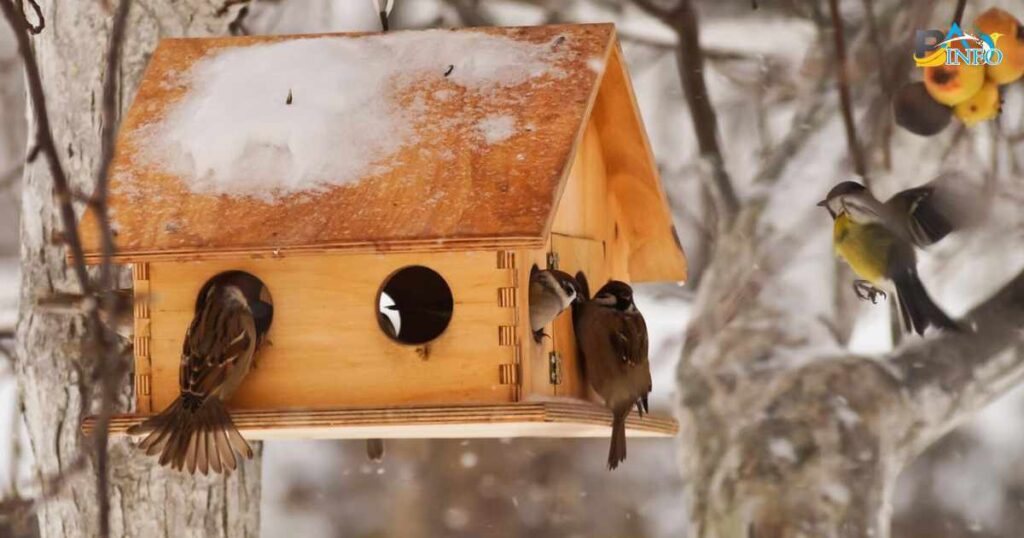
Preparing a birdhouse for winter involves adding extra insulation like straw or wood shavings, ensuring proper ventilation, and placing it in a sheltered location to shield our avian companions from the harsh elements. With these simple steps, you create a welcoming haven that supports birds through the challenges of the winter season.
Insulation Matters
Enhance your birdhouse’s winter readiness by adding a cozy layer of insulation. Fill the cavity with dry straw or wood shavings to provide extra warmth and create a snug retreat for our feathered friends.
Ventilation Check
Ensure proper ventilation within the birdhouse to prevent moisture buildup, which can be detrimental in colder months. Drill small ventilation holes near the top to maintain a dry and comfortable environment, essential for the well-being of the avian occupants.
Strategic Placement
Choose a sheltered location for your birdhouse, shielding it from harsh winter winds and precipitation. Placing it in a spot with minimal exposure ensures that the birds can seek refuge without being adversely affected by the elements, making your birdhouse a reliable winter haven.
How are roost boxes different from nest boxes?
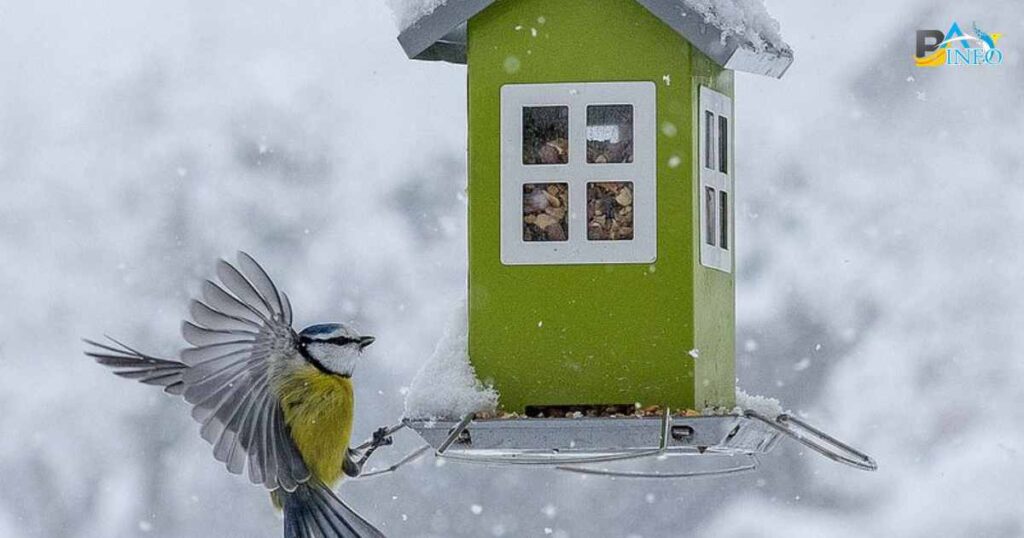
While nest boxes cater to breeding seasons, roost boxes serve a distinct purpose, providing communal shelters for birds during cold nights. Understanding the nuances between these boxes unveils the thoughtful design that supports avian needs year-round.zz
Nest Boxes: Breeding Sanctuaries
Nest boxes, designed with nesting seasons in mind, provide a secure haven for birds to lay eggs and raise their young. These structures focus on creating ideal conditions for successful reproduction and supporting the delicate stages of avian family life. Interestingly, the Bible also mentions instances of dead birds, adding a unique perspective to the symbolism associated with avian life.
Roost Boxes: Winter Retreats
In contrast, roost boxes play a pivotal role during colder months, serving as communal shelters for birds seeking warmth and protection during chilly nights. These boxes are designed to accommodate multiple birds, fostering a sense of community and collective survival during the harsh winter conditions.
Year-Round Utility: A Harmonious Blend
While nest boxes and roost boxes serve distinct purposes, their combined presence in a bird-friendly environment creates a harmonious balance. Integrating both types ensures that birds have suitable accommodations throughout the year, supporting their various needs from breeding to surviving the winter chill, making the habitat truly bird-friendly.
FAQs
Do birds use birdhouses in the winter?
Yes, many bird species seek refuge in birdhouses during winter to escape the cold and find shelter from harsh weather conditions.
What makes birdhouses attractive to birds in winter?
Birdhouses provide warmth, protection from predators, and a secure place for birds to roost, making them essential during the colder months.
Which bird species commonly utilise birdhouses in winter?
Various species, including chickadees, titmice, and bluebirds, are known to seek shelter in birdhouses during the winter season.
How can I help birds in winter with birdhouses?
Ensure your birdhouses are clean, well-insulated, and strategically placed to provide a safe and inviting space for birds seeking winter refuge.
Do I need different birdhouses for winter compared to other seasons?
While the basic design may remain the same, adding features like thicker insulation and larger roosting spaces can enhance birdhouses for winter use, making them more appealing to our feathered friends.
Conclusion
The contrasting roles of nest boxes and roost boxes illuminates the dynamic relationship between birds and their man-made shelters. As we’ve explored, nest boxes are hubs of reproductive activity, fostering the growth of new generations during breeding seasons. On the other hand, roost boxes, with their focus on communal warmth and protection, play a crucial role in sustaining bird populations during the challenging winter months.
While nest boxes may witness the beginnings of life, roost boxes become vital sanctuaries where survival takes precedence. Both serve as testaments to our understanding of avian behaviour and needs, reminding us of the intricate dance between nature and our human efforts to create spaces that support the well-being of our feathered companions.
Ultimately, as stewards of the environment, appreciating the distinctions between nest and roost boxes prompts us to make informed choices in providing suitable habitats for birds throughout the year. By recognizing and respecting these avian preferences, we contribute to the preservation of diverse bird species and celebrate the harmonious coexistence between the avian world and ours.

Welcom to https://birdsaboutinfo.com. Our content is for general information purposes. While we aim for accuracy, use it at your own risk. Seek professional advice for specific concerns. We’re not responsible for external links or the outcome of using our information. Some content may contain affiliate links. We may update this Disclaimer.
